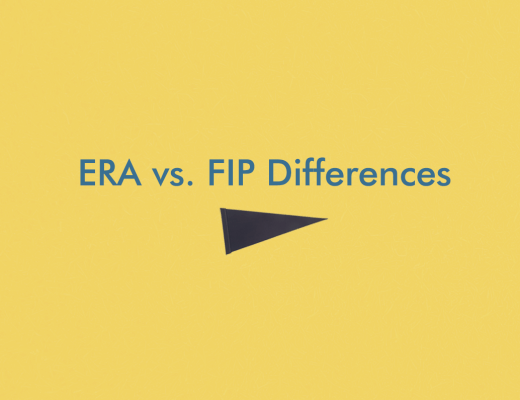We previously discussed how FIP is a valuable tool for finding good starting pitchers. One of the more interesting uses of this statistic is to compare it to ERA and find the differences between this ERA predictor and a pitcher’s actual ERA. This is valuable in either finding potential bounceback candidates or possible regression in starting pitchers.
By comparing these values after 2008, we could have seen an upcoming regression for Armando Galarraga (3.73 ERA, 4.88 FIP), Daisuke Matsuzaka (2.90 ERA, 4.03 FIP), Joe Saunders (3.41 ERA, 4.36 FIP) and others like John Lannan, Jeremy Guthrie, Scott Olsen and Todd Wellemeyer. And, looking at the opposite side of the spectrum, we would have noticed an upcoming better season for Javier Vazquez (4.67 ERA, 3.74 FIP), Justin Verlander (4.84 ERA, 4.18 FIP) and Jered Weaver (4.33 ERA, 3.90 FIP) among others.
Using the same logic based on 2009 stats, who should we expect a regression from in 2010? The names that top the list are J.A. Happ, Kevin Millwood, Jair Jurrjens, Matt Cain, Bronson Arroyo, Randy Wells, John Danks and Rick Porcello. The names I worry the least about from that list are Jurrjens and Cain because their FIPs from 2009 are in the mid 3.00 range, which is still very good. The other names could be due for a step back in 2010, especially J.A. Happ who lead the league in this differential.
Some candidates for a better year based on this logic would be Ricky Nolasco, Carl Pavano, Jason Hammel, Cole Hamels, Jorge De La Rosa, Brett Anderson, Scott Baker and Gavin Floyd. These are guys that you could grab for all sorts of varying values in trades. But, they all should return more value than expected at this point so they are worth targeting in trades (or waiver wire if Pavano or Hammel are sitting out there).



